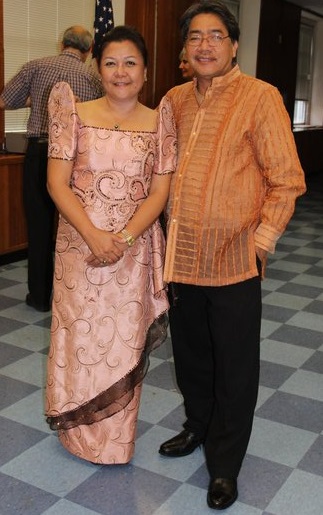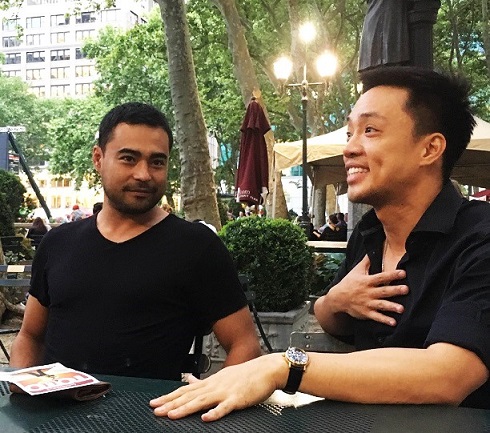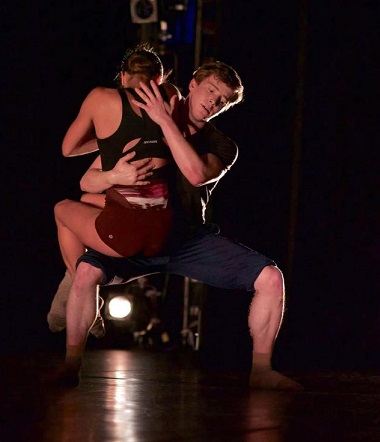In this season of Lent, I think of my Baguio childhood
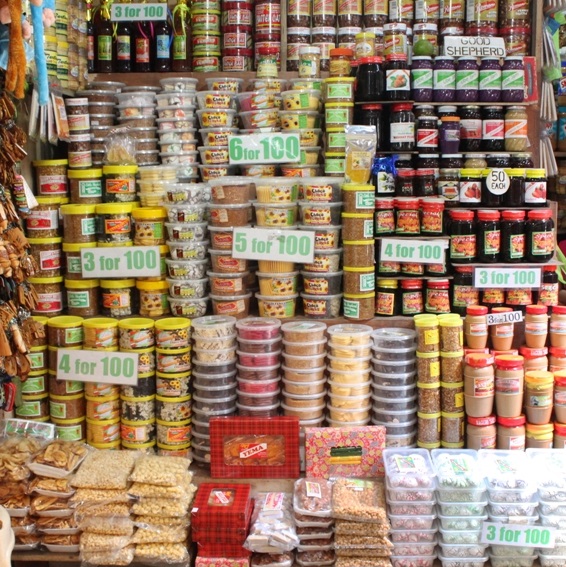
By Ludy Astraquillo Ongkeko, PhD
The first Wednesday of March this year marked Ash Wednesday, a reminder to the religious laity that the 40 days to follow are to be devoted to fasting and penitence in commemoration of Christ’s fasting in the wilderness.
I remembered this religious stricture very well. Each Lenten meal was to arrive as anticipated: “Meager, no meat.”
Every time the Lenten season beckons, I immediately recall how I spent my childhood years in the Philippines’ summer capital. Although we knew we had to be at least 18 years old to observe the ‘no meat’ mandate, we were told that each act was strongly regarded by our elders as a sacrifice — a denial of our favorite foods – and our way of following the Lenten religious practices.
Most Baguio long-time residents had guests coming from all over the country because March was usually one of the hottest times of the year and the City of Pines was a cool place for a vacation. Our family played hosts to relatives and friends. Hosts’ kitchens were almost always busy preparing the best dishes that could not be procured from restaurants on time.
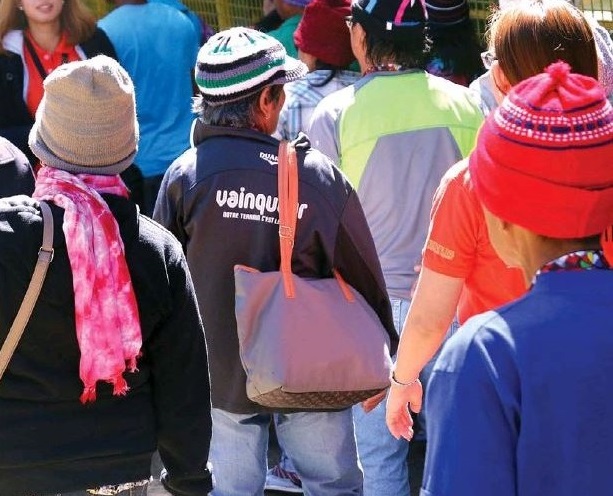
Of course, hospitality knew no bounds. Although our home’s guest list was not limited to relatives, my parents had close friends from college, and it was understood that they would be among our guests during the Lenten season. Our help hardly had any rest. Guests would go all over the “must” spots all over Baguio and return to our household, hankering for meals and similar in-between nourishing breaks that served as their refreshments. I recall how my mother would tell our help to maintain their skills laced with absolute patience to allow them the brand of hospitality anticipated during the Easter season.
When our guests found out how the temperatures soared in the late evenings and very early mornings, they asked how they could cope with the cold. It baffled them to learn how their shawls and skimpy garments were not enough to keep them warm. I recall how some of our guests had to find themselves squeezing into the clothes that were lent to them. They did not seek refuge at department stores because they rationalized they would have no use for woolen sweaters when they got home.

The Baguio weather always took its place during the summer months when guests from all over the country would ascend the pine city, 5,000 feet above sea level. Everything was new to them. They marveled as they watched those who found great comfort at our City Skating Rink. Some didn’t even wish to try roller-skating as they witnessed the falls. Although I wasn’t an expert, I offered to teach a few of our guests whatever I learned in roller-skating. What invited our guests to try on roller skates was just for picture-taking that served as souvenirs of their Baguio summer vacation.
Picture-taking was a continuous undertaking for our guests. Our film shops cheered all the clients who asked that their photos be finished in time to take back home with them. Otherwise, how else could they have proofs of their Baguio vacation?
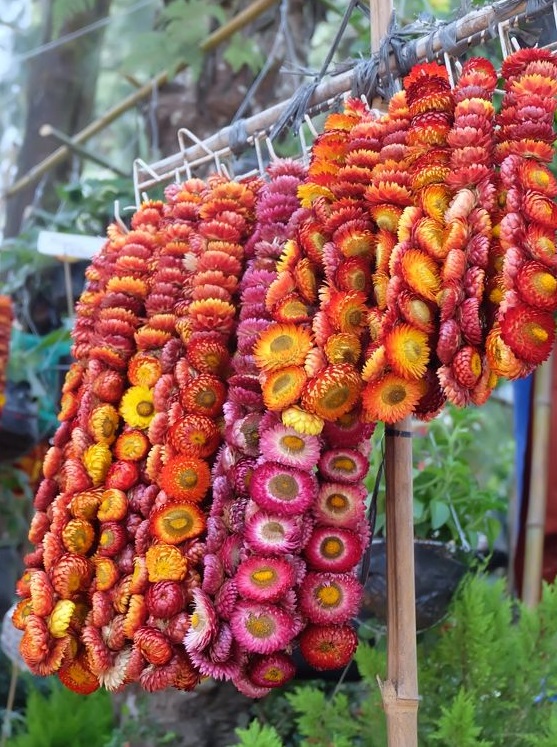
When I think of my Baguio childhood, I dwell on the summer months because of their role in speaking about the land of pines, the very unique role that the city and its rare assets played in the lives of those who vacationed not just for the weather, but for other rarities that other locations could not parallel when having my most-loved hometown to compare.
All the above were veritable occurrences prior to World War II. After December 8, 1941, nothing similar had ever taken place again. Bombing did its worst on the city’s natural beauties.
History has its unique and foremost role in remembrances past. Nothing can take the place of the bygone days except memories and how World War II wrought its dreadful damage on the sole city in the Philippines that was 5,000-feet above sea level rising on its natural beauty.
© The FilAm 2022



